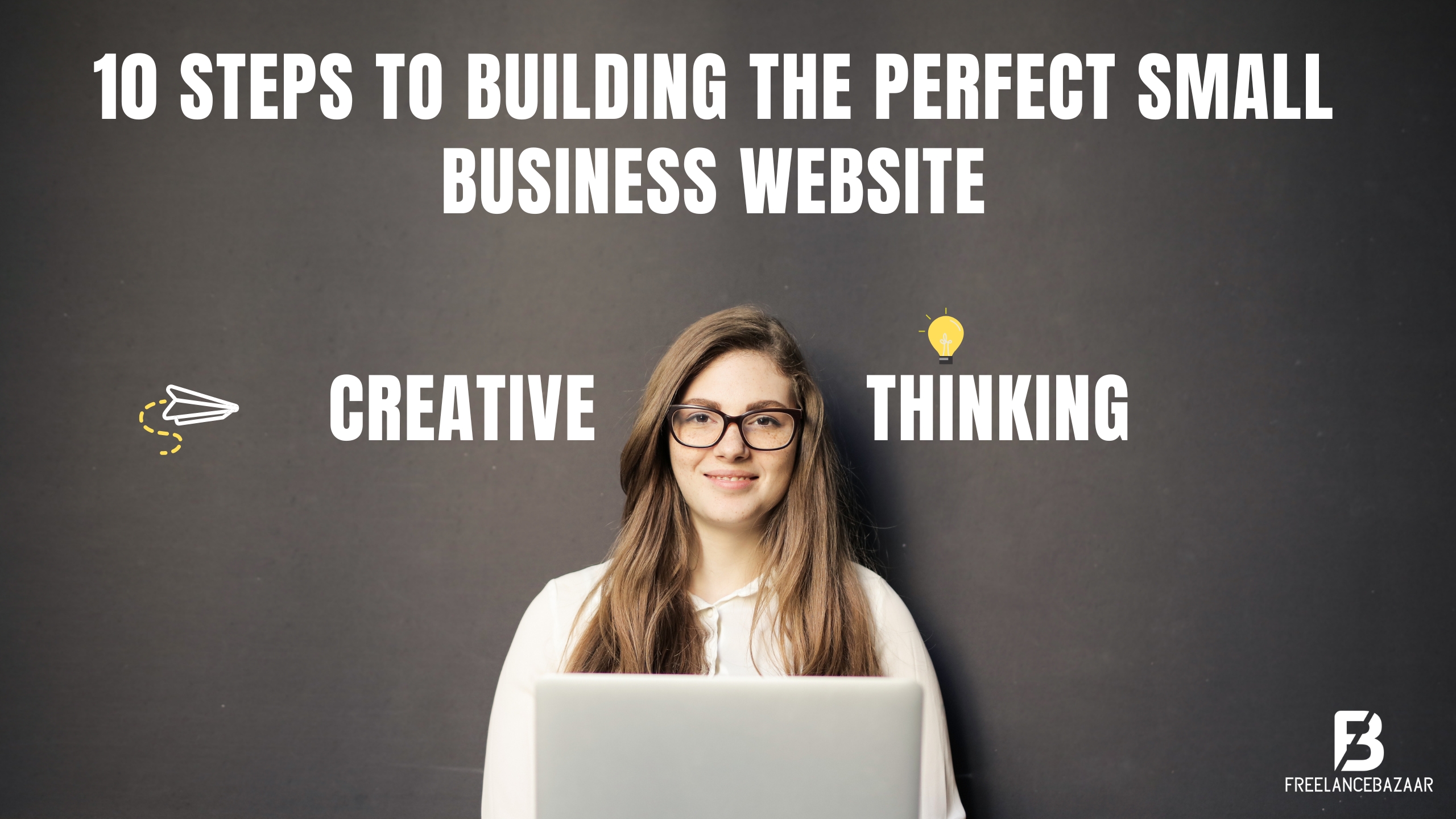Every great business starts with a great website - one that is designed to attract customers, showcase your products and services and set you apart from the competition. But how do you make sure that your website does all these things? In this article, we’ll break down 10 key steps to building the perfect small business website!
Introduction to Building a Small Business Website
Building a small business website can be a daunting task, but it doesn't have to be. By following a few simple steps, you can have a professional-looking website up and running in no time.
The first step in establishing a website is to choose a domain name. A good domain name will be short and memorable, so it can be easily found by potential visitors.
Once you've decided on a website platform and chosen a web hosting provider, you'll be ready to set up a paid account. The provider will walk you through the registration process, and you will be able to choose from different options for your website's design and features.
Once you've chosen a domain name and web host, it's time to start creating your website. If you're not familiar with HTML or CSS, there are many software programs that make it easy to create a professional-looking website without any coding knowledge. Simply drag and drop elements onto your page and add your own content.
Finally, don't forget to promote your new website! Make sure potential customers know about it by adding your URL to your business cards, flyers, and other marketing materials. You can also submit your site to online directories and search engines so people can find it easily when they're searching for businesses like yours on the web.
Step 1: Define Your Goals and Objectives
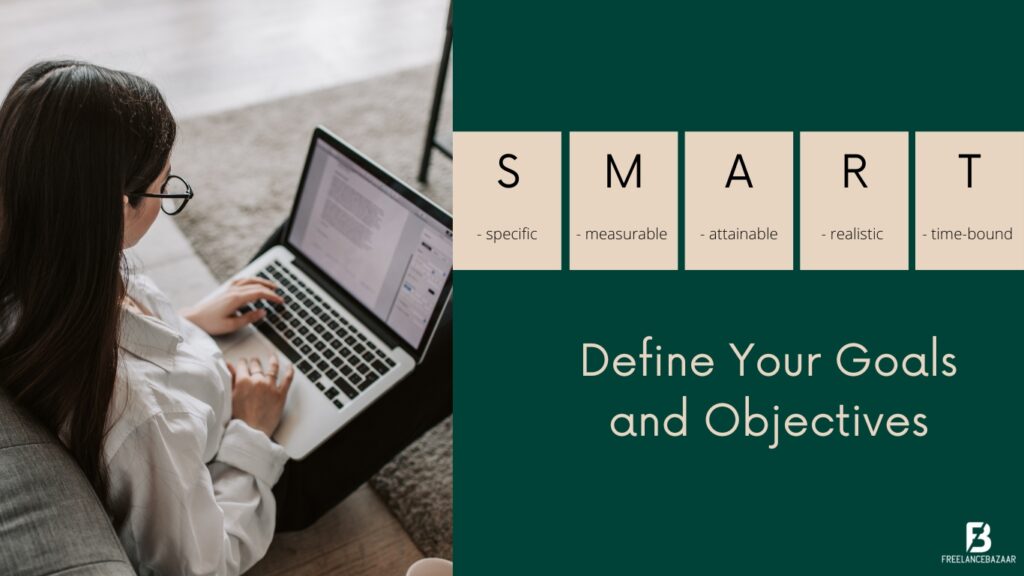
The first step to building the perfect small business website is to define your goals and objectives. We help you build websites that communicate your brand, lead to more business, and give you real control. What kind of interaction do you want visitors to have with your website? Are you looking to generate leads, increase sales, or simply raise awareness for your brand? Once you know what you want your website to accomplish, you can begin mapping out a plan to make it happen.
If generating leads is your primary goal, then you'll want to make sure your website is designed with lead conversion in mind. Include calls-to-action (CTAs) on every page, prominently display your contact information, and make it easy for visitors to get in touch with you. If increasing sales is your goal, then ensure that your site includes strong product pages and a clear checkout process. And if raising brand awareness is your objective, make sure your site is visually appealing and easy to navigate so that visitors will stick around long enough to learn more about what you have to offer.
No matter what your specific goals may be, keep them front and center as you begin planning and designing your small business website. By doing so, you'll be well on your way to creating a site that's perfectly aligned with your business objectives.
Step 2: Establish Your Brand Identity
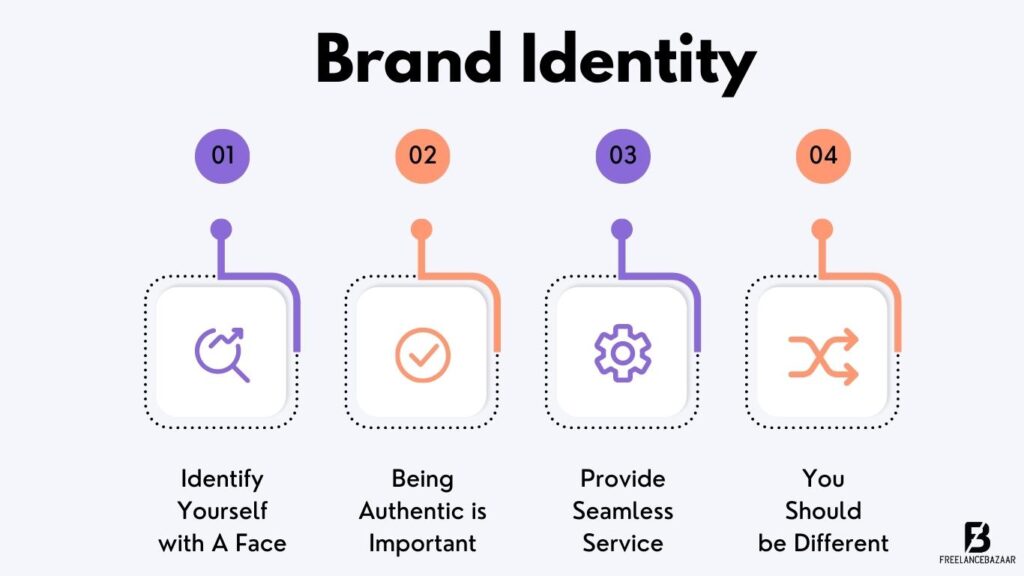
The next step in building your perfect small business website is to establish your brand identity. This can be accomplished by creating a unique logo, choosing a color scheme, and developing a tagline that accurately represents your business. Your brand identity should be consistent across all of your marketing materials, including your website, social media accounts, and print collateral. By taking the time to develop a strong brand identity, you will make it easier for customers to recognize and remember your business.
Step 3: Choose a Domain Name

Your domain name is your web address and it’s one of the first things people will notice about your website. When choosing a domain name, it is important to choose one that is easy for customers to remember and easy for search engines to find.
When choosing a domain name, you should consider the following factors:
- Make it easy to remember: A good domain name is short, catchy, and easy to remember. It is best to avoid numbers or hyphens in your domain name.
- Keep it relevant: Your domain name should be relevant to your business or industry. If you’re a local business, consider including your city or state in your domain name.
- Make it unique: With so many websites on the internet, it’s important to make yours stand out from the rest. A unique domain name will help you achieve this.
- Check for availability: Before you register your domain name, do a quick search online to make sure it’s available. Once you find an available domain name that meets all of the above criteria, you can register it through a reputable Domain Registrar such as GoDaddy or NameCheap.
Step 4: Set up Hosting

Hosting is the "cloud" where all of your website files are stored. We recommend our hosting partners, but there are many reputable services out there that you can choose from depending on your budget and technical expertise.
There are many different web hosting providers to choose from, so it's important to do your research to find one that best suits your needs. Once you've selected a provider, they will give you instructions on how to set up your account and upload your website files.
If you're using a platform like WordPress or Squarespace, they will usually provide hosting as part of their service. In this case, you can skip this step and move on to designing your website.
Step 5: Choose the Right Platform

The most important thing to consider when choosing a platform for your small business website is whether or not it will be able to grow with you. You don't want to have to start from scratch every time you want to make a change or add new content, so look for a platform that is easy to use and scalable. WordPress is a great option for small businesses because it is free, easy to use, and has a wide variety of plugins and themes available.
Step 6: Design and Content Strategy

Your website is your most important online asset and it needs to look and feel like an extension of your brand. The design should be clean, professional, and on-brand and the content should be well-written and engaging.
The first step in creating a great website is to develop a strong design and content strategy. This means thinking about what you want your website to achieve and who your target audience is. Once you have a clear vision for your website, you can start planning the design and creating engaging content that will help you achieve your business goals.
Step 7: Develop the Pages and Site Structure

When it comes to developing the pages and structure for your small business website, there are a few key things to keep in mind. First, you want to make sure that your site is easy to navigate and that all of your important information is easily accessible. Secondly, you'll want to create a sitemap that outlines the structure of your site and helps search engines index your pages properly. Finally, you'll need to develop an effective usability strategy to ensure that your visitors have a positive experience on your site.
To start, you'll want to list out all of the pages that you want to include on your site and determine the hierarchy of your content. Then, you can begin developing the individual pages, keeping in mind both the needs of your visitors and the search engines. As you develop each page, be sure to include relevant keywords and phrases so that people can easily find what they're looking for.
Once all of your pages are developed, it's time to create a sitemap. This will help both visitors and search engines understand the structure of your site and find the information they need. You can create a sitemap manually or use a tool like Google XML Sitemaps. Whichever method you choose, be sure to update your sitemap regularly as you add new content to your site.
Finally, it's important to put some thought into how people will use your site. Developing an effective usability strategy involves understanding what people are looking for
Step 8: Create or Source the Content
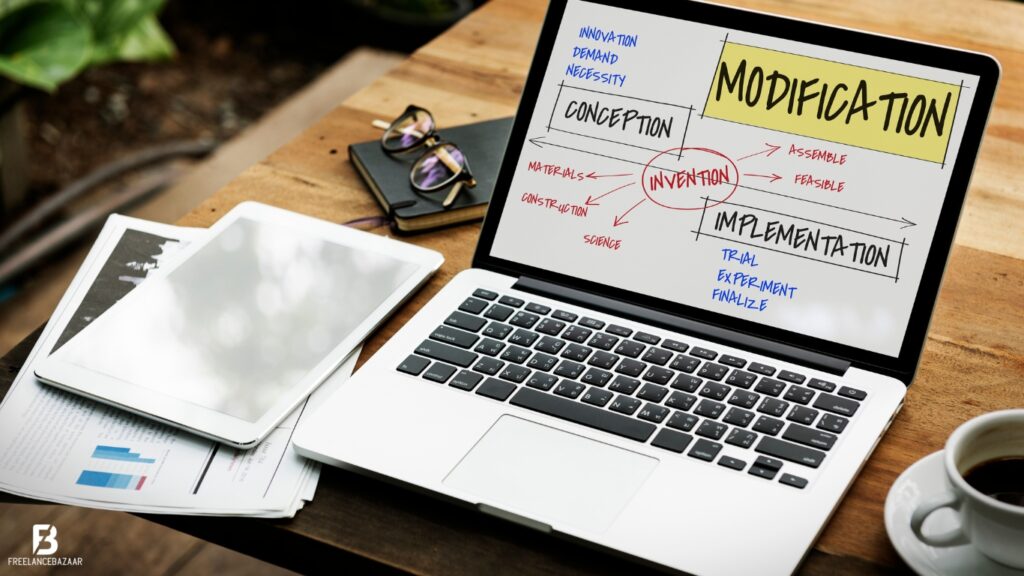
If you don't already have content for your website, now is the time to create it or source it from elsewhere. Your website content should be well-written, informative, and relevant to your business.
Quality content builds trust and authority in your business. It is an important part of building a website that ranks well with search engines. You can hire freelance writers to create any content you need on your site. There are many freelance writers offering services at various prices and expertise across the internet. A good writer will do the research and provide a unique idea to work with you on projects that fit your style, voice, and tone.
Your website content should include:
-An about page that communicates to visitors what you do and who you are
-A services/products page that outlines what you offer
-A blog section where you can share articles, tips, and advice related to your industry
-A contact page with your business information so visitors can get in touch with you
You want to be presentable, professional, and clean. You don't want a message with unintended consequences. The content you publish should reflect your business in a way that people can trust you. That starts with your writing style. Can you build relationships with customers through a copy? If not, you have to improve your writing skills so you can be understood easily and build trust. You want to make sure there are no errors or typos that could turn visitors away from your business.
Step 9: Test
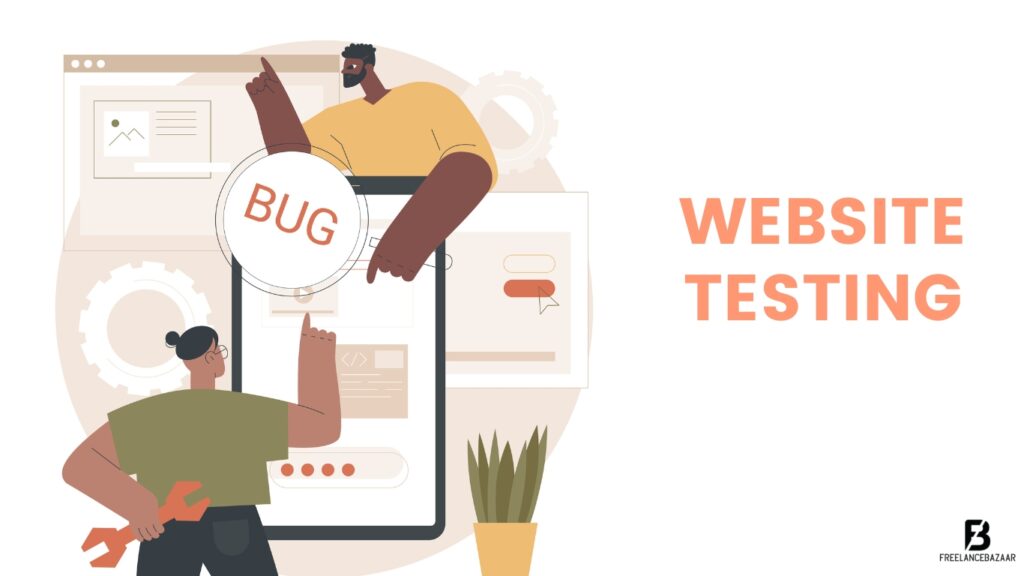
Testing a website before it's launched ensures that it works properly and that all the links lead where they should. It also gives you the opportunity to locate any mistakes. It's essential to make sure everything on your site is working properly since it can have a big impact on your success. We are here to help you go through the process so you can be proud of your website.
If you're doing it yourself, start by testing all the links on your website to make sure they're working. Then, test the forms to make sure they're submitted properly. Finally, test any other functionality on your site to make sure it's working correctly.
If you plan to hire a professional tester, be sure to provide them with your test objectives. Those objectives should include the expected results, the pages and/or links that should be tested, and any specific actions they need to take while they're testing.

